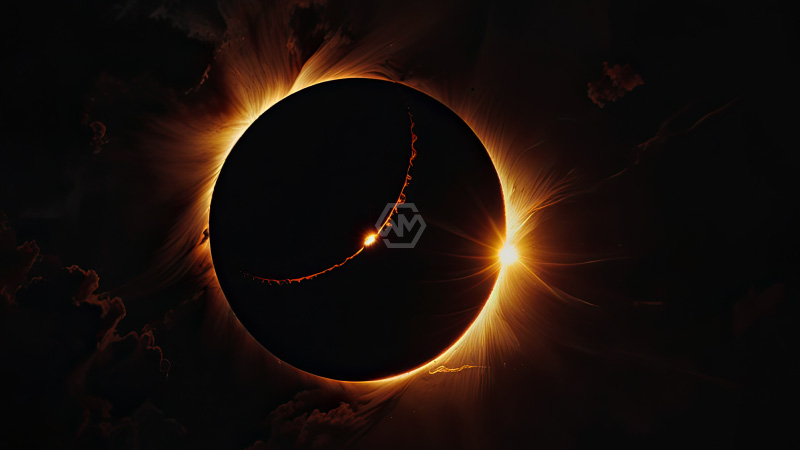- The first total lunar eclipse of 2025 will occur on March 13-14, turning the moon a deep red hue.
- A partial solar eclipse will follow on March 29, though it won’t be visible in India.
- Lunar eclipses last for hours and are safe to view, while solar eclipses are brief and require protective eyewear.
A total lunar eclipse occurs when Earth completely blocks sunlight from reaching the Moon, causing it to appear red due to atmospheric scattering. The March 13-14 eclipse will be visible across North and South America, as well as parts of Europe and Africa.
On the other hand, a partial solar eclipse on March 29 will see the Moon partially obscure the Sun, creating a crescent-like appearance. This event occurs when the Sun, Moon, and Earth are not perfectly aligned.
Solar vs. Lunar Eclipse: How They Differ and What to Expect in 2025
Solar and lunar eclipses differ not only in their occurrence but also in how they appear and affect the surroundings. A total solar eclipse brings a sudden period of darkness during the day, often disrupting wildlife behavior. In contrast, a total lunar eclipse is a gradual, hours-long event where the Moon takes on a reddish hue, creating a breathtaking night-sky spectacle.
The March 2025 eclipses mark an exciting time for astronomers and skywatchers. The total lunar eclipse will be visible across multiple continents, while the partial solar eclipse will be seen in specific regions. With the next total lunar eclipse in the U.S. not occurring until March 2026, this year’s event is a rare opportunity.
Visibility plays a crucial role in how these eclipses are experienced. While a lunar eclipse can be seen from anywhere on Earth where the Moon is above the horizon, a solar eclipse is only visible from specific locations where the Moon’s shadow falls. This makes total solar eclipses much rarer for any given place on Earth.
Safety is another major difference. Viewing a lunar eclipse poses no risks, whereas watching a solar eclipse without proper eye protection can cause serious damage. This is why astronomers always emphasize the need for eclipse glasses or indirect viewing methods for solar events.
Eclipses remain among the most fascinating celestial events, offering unique spectacles in the sky. Whether it’s the dramatic red glow of a lunar eclipse or the mesmerizing shadow of a solar eclipse, these events remind us of the cosmic dance between the Sun, Moon, and Earth.
“The cosmos is within us. We are made of star-stuff. We are a way for the universe to know itself.” – Carl Sagan



